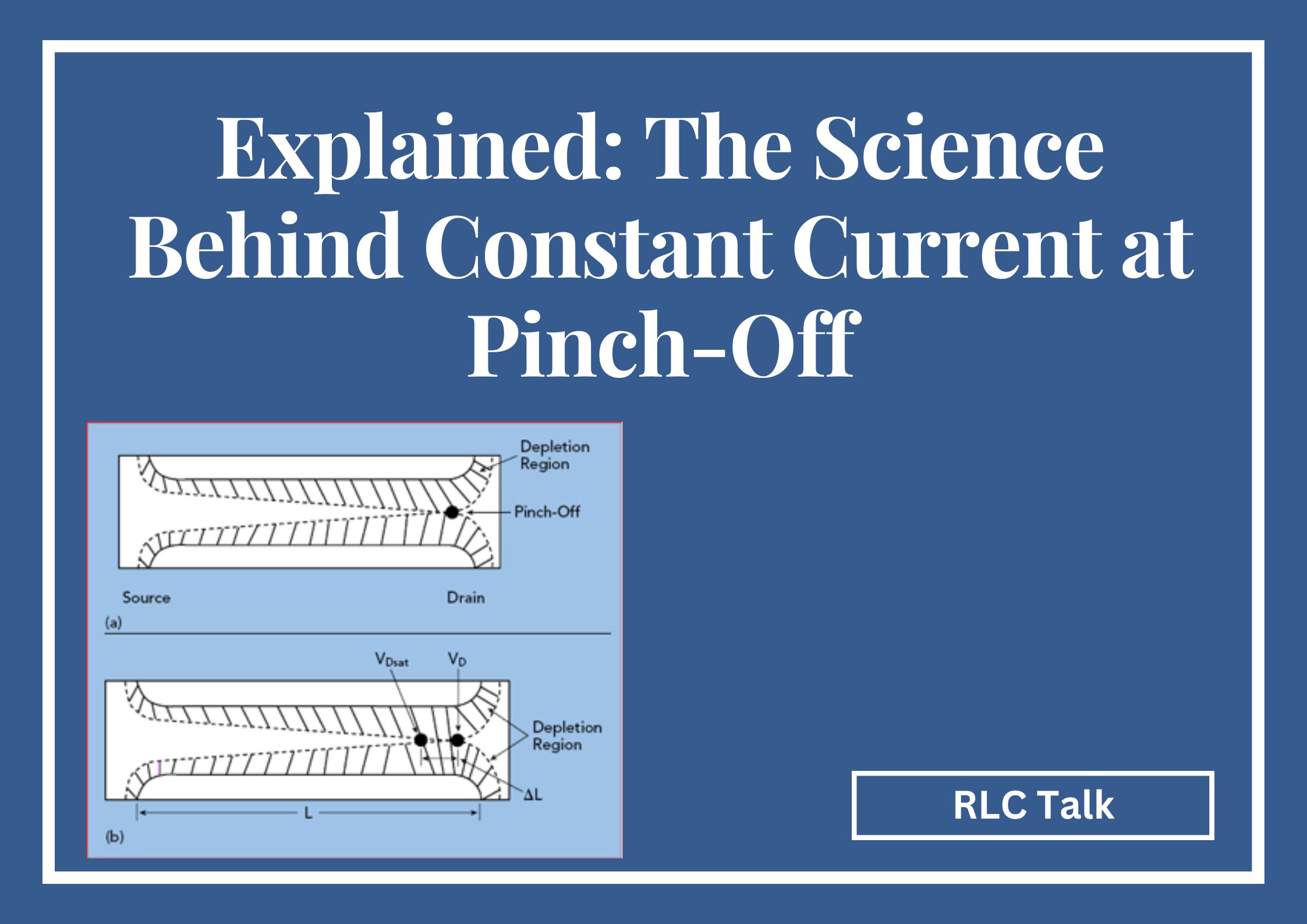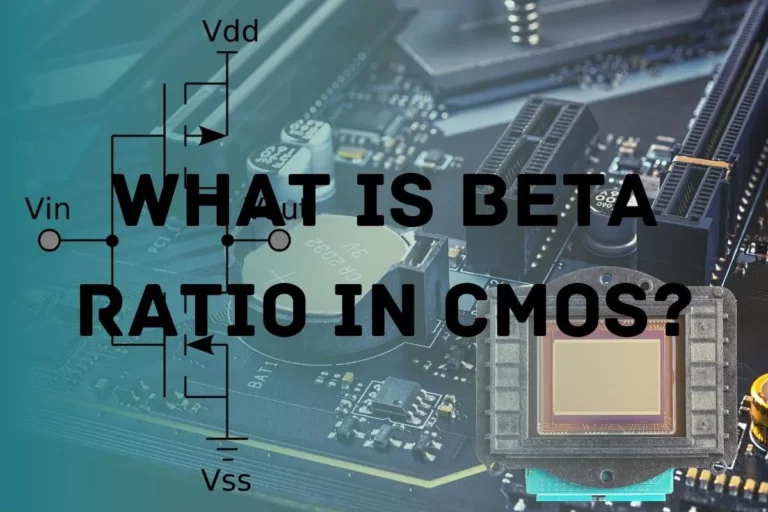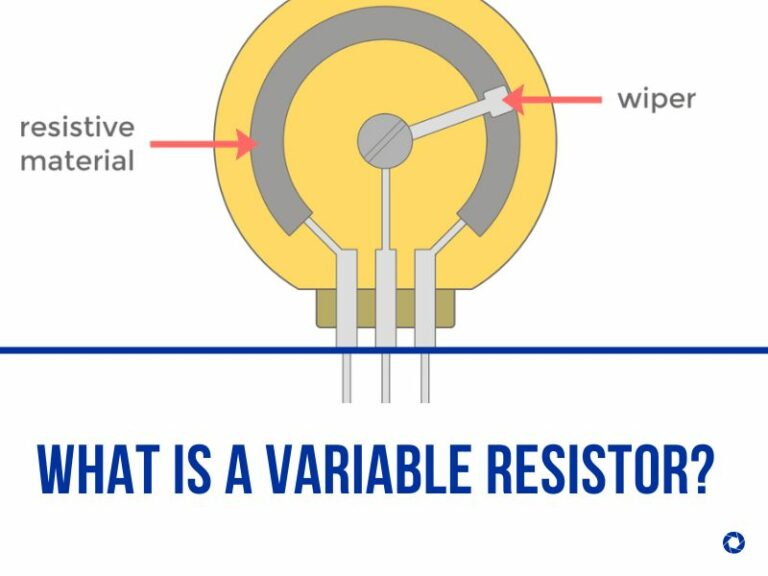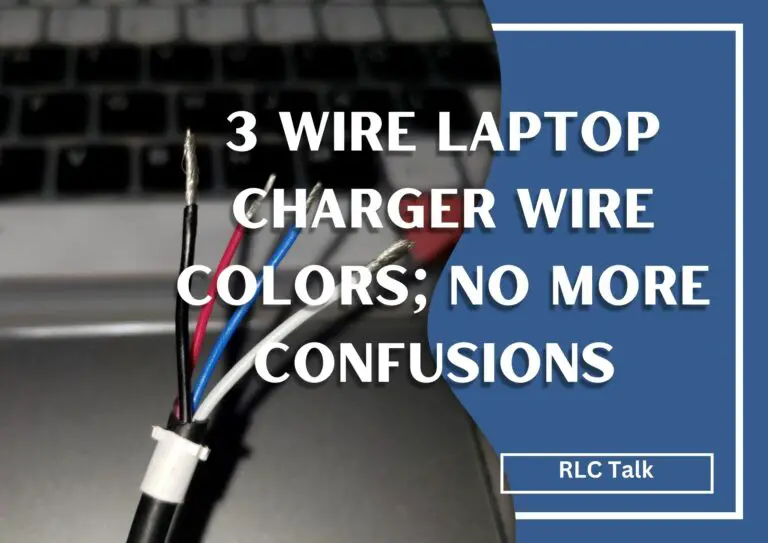Explained: The Science Behind Constant Current at Pinch-Off
Pinch-off is an event that can happen in field-effect transistors whenever the electric field that passes through to the gate is sufficiently resilient to deplete the channel of free carriers entirely. This results in an occurrence referred to as “pinch-off.”
The consequence is a voltage or resistance that is continuously constant, but the current traveling from the drain to the source is unaffected. This article clarifies Why current is constant at pinch-off regardless of whether the channel’s resistance increases, which could appear confusing initially.
This is owing to the idea of conservation of charge that assures no alteration to the overall charge as it passes through the circuit. Furthermore, the differences between pinch-off voltage and cut-off voltage will be addressed in this article. A fundamental understanding of the pinch-off idea is necessary to develop and operate electronic circuits.
What Is Pinch Off?
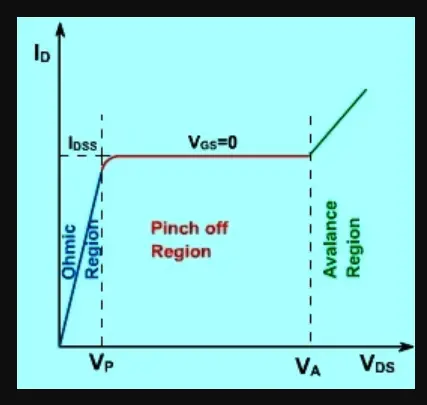
The term “pinch-off” relates to a phenomenon that occurs in field-effect transistors (FETs) if the electric field delivered to the gate gets powerful enough to drain the channel of free carriers entirely. This happens in a situation where the electric field is sufficiently intense.
In this situation, the FET functions as a controlled voltage source with a constant voltage or as a controlled voltage resistor when it serves as an external FET. In any scenario, the resulting voltage is kept constant.
In the Id/VDS chart, the pinch-off region can be recognized as the area where the Id curves either feature a flat tip or tilt slightly upward along with substantial VDS rises. It is crucial to observe that the drain-to-source current stays unchanged and remains largely untouched by the VDS voltage when the pinch-off operation is in place.
This condition is identical to what happens in the linear operating region of bipolar junction transistors. The voltage at which pinch-off begins is commonly known as the pinch-off voltage since it is the only voltage that can be identified once the gate-to-source voltage is at its lowest possible amount.
FETs can operate resistors for audio volume controls or analog potentiometers when the voltage from the gate to the source stays at low values. This stops the channel from reaching pinch-off mode and leaves the channel accessible entirely.
The exact opposite of pinch-off is “pinch closed,” which happens when the channel shuts down and the Id is 0 for all VDS levels. This phenomenon takes place at high VGS levels.
Is Current Constant Throughout A Circuit?
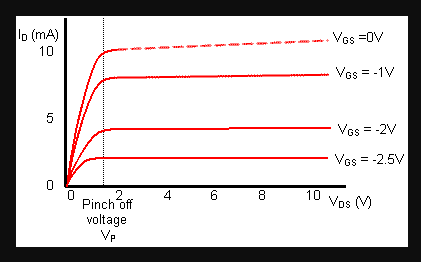
The level of current passing through a circuit is constant as it moves through all of the resistors; the amount stays precisely the same throughout the process. This suggests that each element in the circuit receives an equal current level.
This is a result of the simple reason that just one route exists for the charge to travel, implying that the current will remain constant as it passes within the circuit. The voltage of each element in the circuit is identical, including the voltage of the battery, that is, the total voltages of each of the parts in the circuit.
The battery’s voltage is equal to the voltage of all the other parts in the circuit. The total value of all of the different resistances found in every element leads to the general resistance of the circuit.
The decline in the overall current is caused by the fact that the total resistance has risen primarily due to a rise in the number of resistors in the circuit. Yet, the quantity of current going through the circuit remains constant at any time, while the charge must move through every element of the circuit for the overall charge to stay consistent.
As a result, the current that travels through a circuit remains constant as it moves through all resistors; instead, it stays the same throughout.
Current Events: Can a Ground Wire Shock You or Just Electrify Your Life?
RAC talk
Why Is Current Constant At Pinch Off?
Pinch-off is an event seen in field-effect transistors (FETs) whenever the electric field delivered to the gate is sufficiently strong to empty the channel of free carriers. As soon as the channel’s capacity gets minimized, the channel’s resistance will severely grow.
Still, in contrast to an upsurge in resistance, the current that goes down the channel is constant; this can defy logic. The principle of conservation of charge clarifies why there is never any change in the quantity of current that travels through a pinch-off spot.
Charges can travel in a single direction through a circuit’s only single route; therefore, the total amount of charge is constant as the circuit proceeds. Because the meaning of current is a change of charge throughout one unit of time, it implies that the current has to be constant. While the electric field at the gate of a FET gets stronger over time, it can still prevent the entire charge in the channel from altering.
Yet, it decreases the number of free carriers in the channel. Put differently, the charges that travel through the channel cannot divide or split, resulting in the constant current that passes through the channel.
The theory of the conservation of charge guarantees no charges can be generated or destroyed and that the current that travels through the channel of a FET remains constant if it turns into pinch-off mode.
Difference Between Pinch-Off And Cut-Off Voltage
| Pinch-Off | Cut-Off |
|---|---|
| Because of the depletion region, the channel’s width narrows. | The channel is entirely closed due to the growing depletion region. |
| The voltage at the pinch-off level is higher than at the cut-off point. | When compared with pinch-off, the voltage at cut-off is lesser. |
| The voltage at which the drain current continues to stay at a constant level. | The voltage at which there is no longer any current passing through the drain. |
| The current is nearing saturation at the voltage at which the pinch-off occurs. | There is zero at the voltage at which the current is turned off. |
| Current maintains constant. | The current decreases to zero. |
| The pinch-off voltage decreases as the amount of VGS grows progressively negative. | At the cut-off voltage, VGS is at the highest possible negative level. |
Conclusion
Why is the current constant at pinch-off? When the electric field that passes through to the gate of a field-effect transistor gets sufficiently large to deplete the channel of free carriers, an occurrence referred to as pinch-off occurs.
As an outcome, this gives rise to a voltage or resistance that is continuously constant, although the drain-to-source current is unaffected. Since charges cannot be divided or split, the notion of conservation of charge makes sure the current stays constant at all times.
On the other hand, a cut-off is a situation that arises if the channel has been entirely closed and there isn’t any current flowing through the drain. Because the voltage at cut-off drops below the pinch-off voltage as VGS grows increasingly negative, the voltage at cut-off is at the most negative level conceivable.
In broad terms, obtaining an excellent grasp of such concepts is essential for guaranteeing that FETs operate appropriately and for developing circuits with specific voltage and current values.
VDC vs. VAC: Types Of Electric Current
rlc talk

